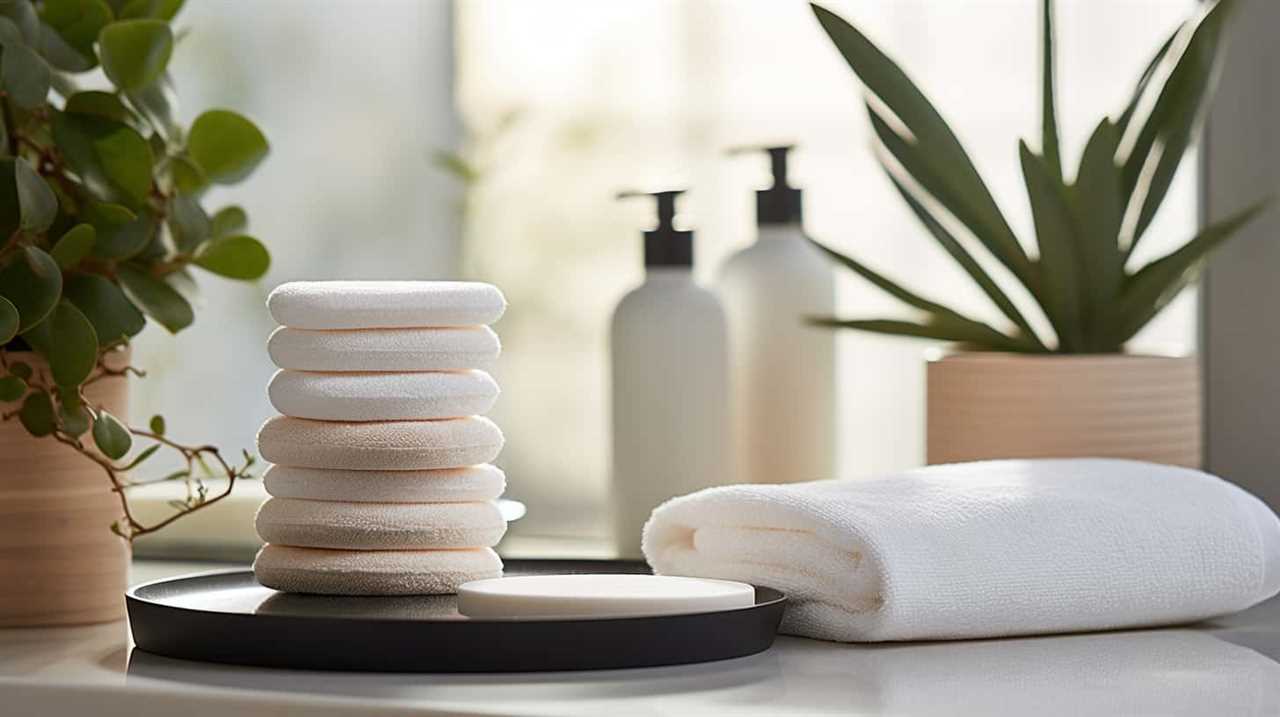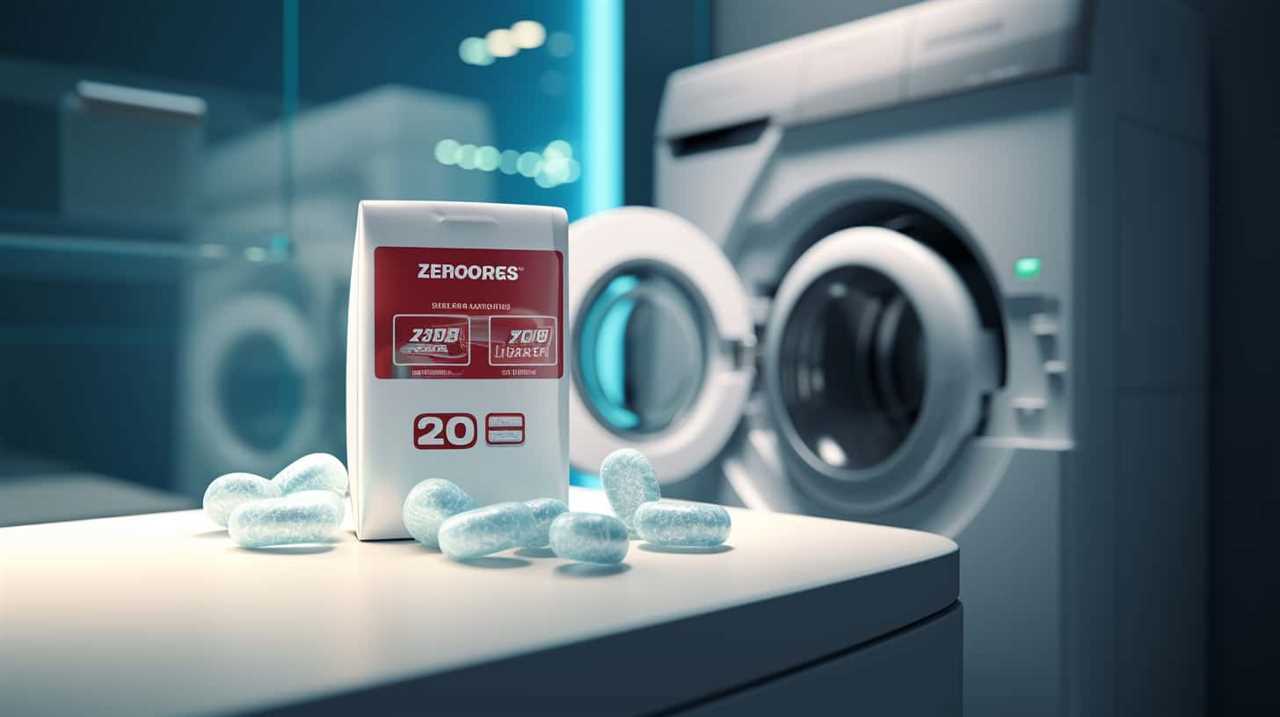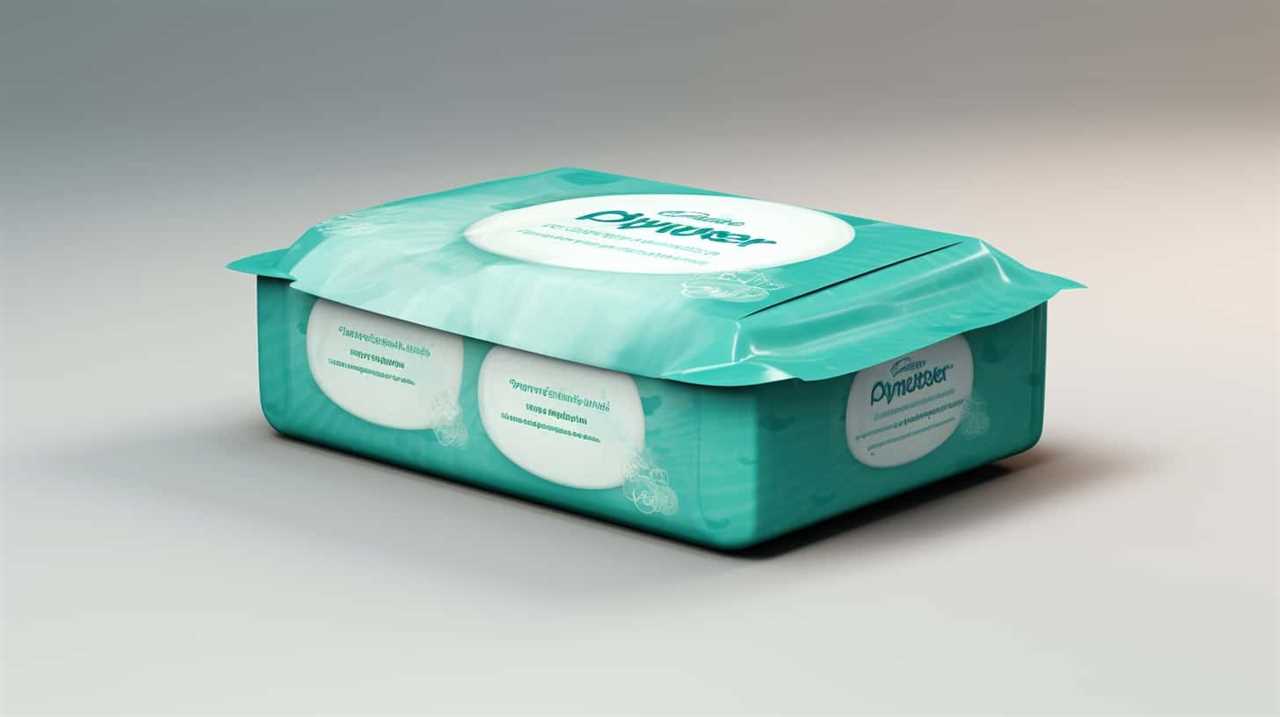As experts in the industry, we comprehend the annoyance of dealing with a clogged sink. This is why we are excited to present the sink plunger, a highly effective tool that can easily unclog your sink.
Like a knight in shining armor, this compact device uses the power of suction to dislodge stubborn blockages and restore proper drainage.
In this article, we’ll guide you through choosing the right sink plunger, provide step-by-step instructions on its use, offer tips for more effective plunging, and share maintenance and care advice.
Master the art of sink plunging and bid farewell to clogs!

Key Takeaways
- Sink plungers are highly effective in removing blockages caused by debris, hair, or food particles.
- They are versatile and can be used on various types of drains.
- Sink plungers are a cost-effective alternative to hiring professional plumbers or purchasing expensive drain cleaning products.
- They are easy to use, requiring minimal effort and expertise.
Benefits of Using a Sink Plunger
Using a sink plunger frequently helps us easily unclog our drains and maintain a functional plumbing system. The advantages of using a sink plunger are numerous, making it an essential tool for every household.
Firstly, sink plungers are highly effective in removing blockages caused by debris, hair, or food particles. The suction created by the plunger allows for a quick and efficient unclogging process.
Additionally, sink plungers are versatile and can be used on various types of drains, including sinks, bathtubs, and showers. They’re also cost-effective, as they eliminate the need for hiring professional plumbers or purchasing expensive drain cleaning products.
Furthermore, sink plungers are easy to use, requiring minimal effort and expertise. By incorporating a sink plunger into our regular maintenance routine, we can avoid major plumbing issues and ensure the smooth functioning of our household plumbing system.

How to Choose the Right Sink Plunger
To continue our discussion on sink plungers, let’s now explore how to choose the right one for your needs.
When it comes to selecting a sink plunger, it’s important to consider the different types available. The most common types are cup plungers and flange plungers. Cup plungers are suitable for sinks with flat surfaces, while flange plungers are designed for toilets with curved surfaces. It’s crucial to choose the appropriate type to ensure effective suction and optimal results.
Additionally, it’s essential to be aware of common mistakes to avoid when using a sink plunger.
One mistake isn’t creating a proper seal between the plunger and the drain. To avoid this, ensure that the plunger completely covers the drain and maintain a firm grip while plunging.

Another mistake is using excessive force, which can lead to damage. Instead, apply steady and controlled pressure to dislodge the clog.
Step-By-Step Guide on Using a Sink Plunger
Now let’s dive into the step-by-step guide for effectively using a sink plunger to clear clogs and restore proper drainage. Before starting, it’s important to avoid common sink plunger mistakes such as using too much force or not creating a proper seal.
Follow these sink plunger techniques for optimal results:
- Fill the sink with enough water to cover the plunger cup.
- Place the plunger over the drain, ensuring a tight seal.
- Hold the plunger upright and pump it up and down vigorously.
- Repeat this motion several times, maintaining the seal.
- After a few plunges, remove the plunger and check if the water starts draining properly. If not, repeat the process.
Using a sink plunger correctly can save you time and money on costly plumbing repairs. Remember to be patient and persistent, and avoid rushing the process.

Tips and Tricks for More Effective Sink Plunging
Let’s continue our exploration of sink plunging techniques by delving into some helpful tips and tricks for achieving even more effective results. When it comes to troubleshooting sink clogs and addressing common sink problems, these strategies can make a significant difference:
- Proper Plunger Technique: Ensure a tight seal by covering the entire drain opening with the plunger cup. Apply firm, consistent pressure with an up-and-down motion, maintaining a steady rhythm.
- Hot Water Flush: Prior to plunging, pour hot water down the drain to help loosen any debris or grease buildup. This can enhance the effectiveness of the plunging action.
- Use a Plumbing Snake: For stubborn clogs, a plumbing snake can be inserted into the drain to break up and remove the blockage. Rotate the snake while gently pushing it forward.
- Preventive Maintenance: Regularly clean your sink drains with a mixture of baking soda and vinegar. This can help prevent clogs from forming in the first place.
- Avoid Chemical Drain Cleaners: Harsh chemicals can damage pipes and are often ineffective against tough clogs. Stick to mechanical methods like plunging for safer and more efficient results.
Maintenance and Care for Your Sink Plunger
Taking care of your sink plunger is essential for its longevity and effectiveness. Proper cleaning is crucial to maintain its functionality.
After each use, rinse the plunger with hot water to remove any residue or debris. Use a mild detergent or disinfectant to sanitize it thoroughly. Pay special attention to the suction cup, ensuring it’s free from any clogs or obstructions.
Allow the plunger to air dry completely before storing it. Storage solutions are also important to prevent damage and contamination. Consider hanging the plunger in a designated area or using a storage container to keep it clean and easily accessible.

Avoid storing it near any chemicals or cleaning agents that could deteriorate the rubber material. By following these maintenance and care tips, you can ensure that your sink plunger remains in optimal condition for years to come.
Frequently Asked Questions
Can a Sink Plunger Be Used for Unclogging Toilets as Well?
Yes, a sink plunger can also be used to unclog toilets. It is a versatile tool that creates suction to dislodge blockages. Ensure a tight seal between the plunger and toilet bowl for maximum effectiveness.
How Long Does It Typically Take to Unclog a Sink Using a Sink Plunger?
Typically, unclogging a sink with a plunger takes a few minutes. The speed depends on the technique used and the severity of the clog. It’s important to apply steady pressure and create a tight seal to ensure effectiveness.
Are There Any Risks or Potential Damages Involved in Using a Sink Plunger?
When using a sink plunger, there are potential risks and damages to be aware of. It’s essential to avoid excessive force, as it can damage pipes or cause leaks. Proper technique and caution are crucial to prevent any unwanted consequences.

Can a Sink Plunger Be Used on All Types of Sinks, Including Stainless Steel or Porcelain Sinks?
Yes, a sink plunger can be used on all types of sinks, including stainless steel or porcelain sinks. However, it is important to use the proper technique and different types of sink plungers for each sink material to avoid any damage.
Is It Necessary to Remove the Drain Stopper Before Using a Sink Plunger?
Yes, it is necessary to remove the drain stopper before using a sink plunger. This ensures proper suction and allows the plunger to effectively clear the clog. Failure to do so may result in ineffective plunging.
Conclusion
In conclusion, using a sink plunger offers numerous benefits, such as clearing clogs and restoring proper drainage in your sink.
By choosing the right sink plunger and following a step-by-step guide, you can effectively unclog your sink in no time.

Remember to maintain and care for your sink plunger to ensure its longevity.
With these tips and tricks, you’ll be able to enjoy a smoothly running sink and avoid costly plumbing repairs.
Happy plunging!










